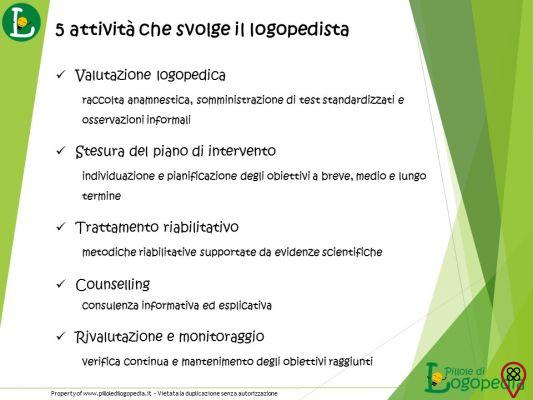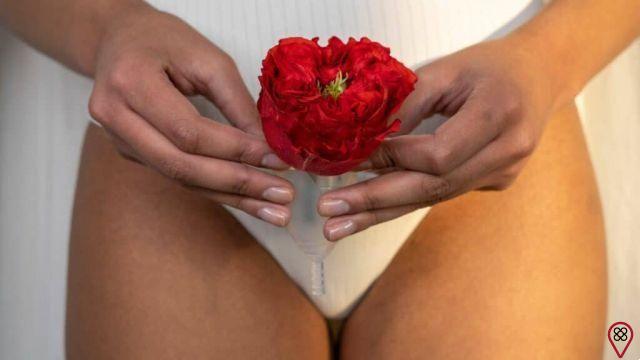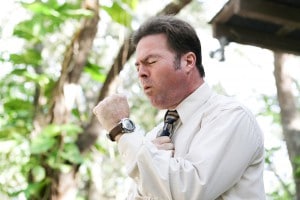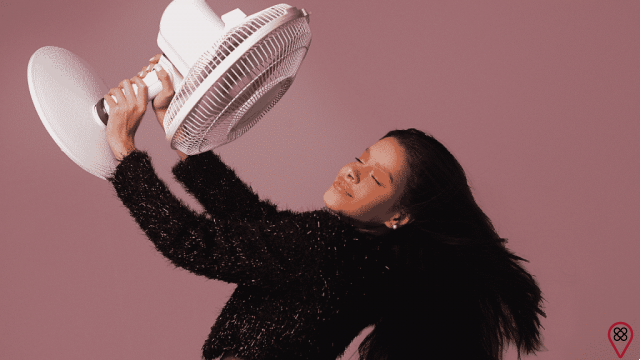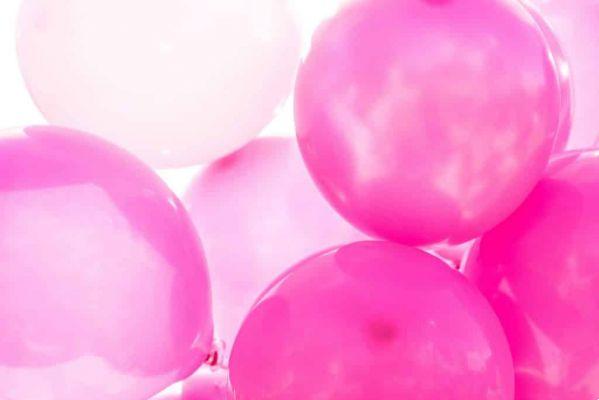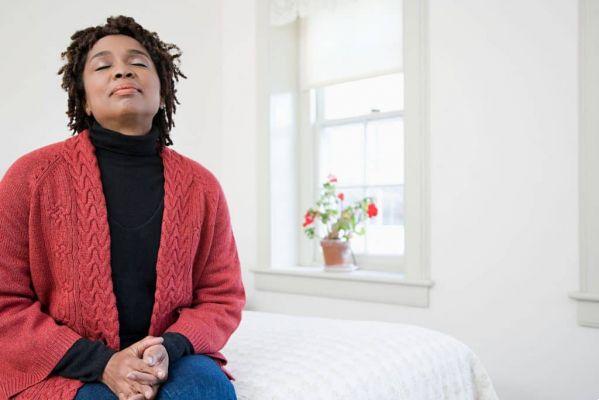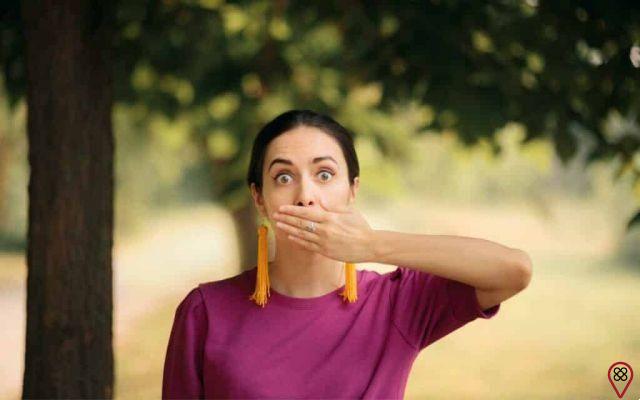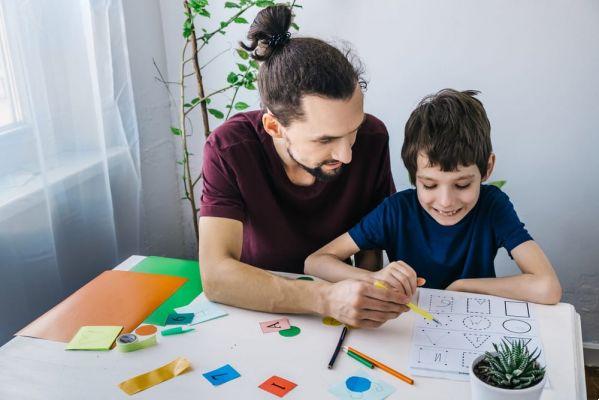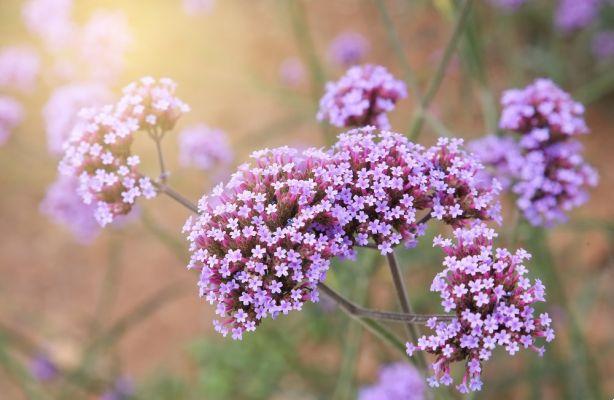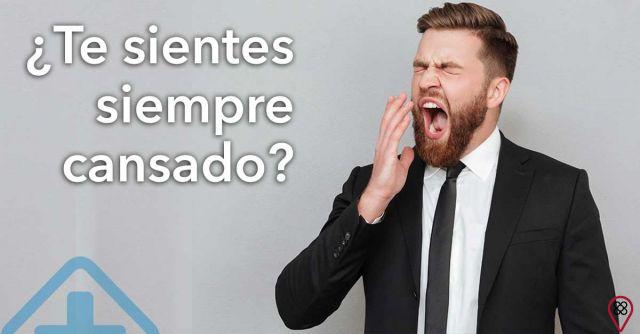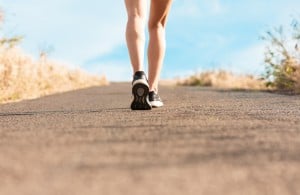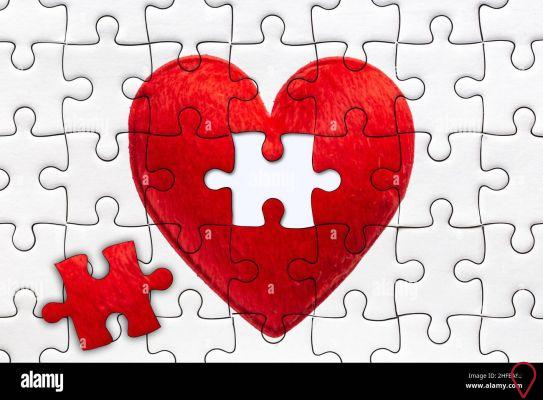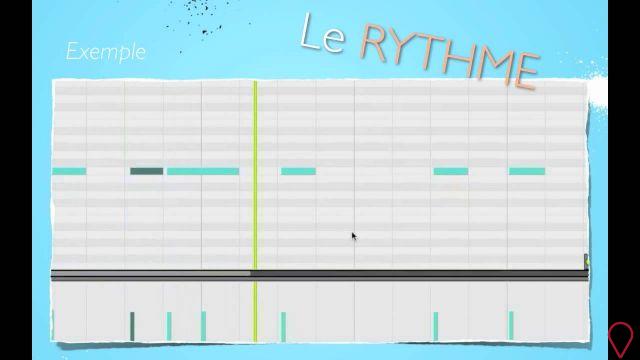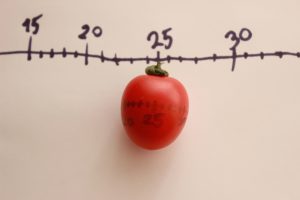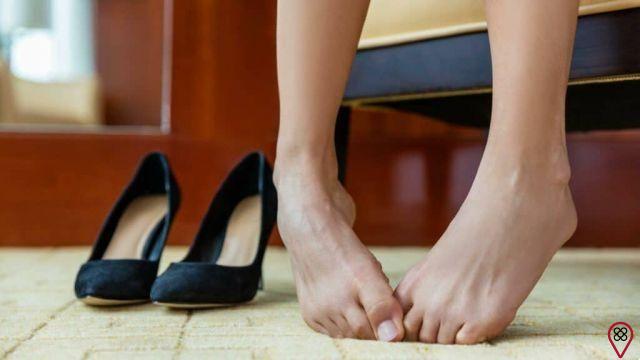Respiration is the reception of oxygen (O2) from the environment and the elimination of carbon dioxide (CO2) from the body. All organs of the respiratory system are involved in this process: pharynx, larynx, trachea, bronchi, pulmonary alveoli. Once it reaches the nasal passages, the air is heated, moistened and filtered. Breathing has two stages:
Inspiration: contraction of the diaphragm (muscle below the lungs) and intercostal muscles (between the ribs). This breathing movement allows air to enter the body. Inspired air is approximately 20% oxygen and 0,04% gas;07
Expiration: relaxation of the diaphragm and intercostal muscles. Exhalation is the release of air from the lungs. This air has 16% oxygen and 4,6% carbon dioxide.
respiratory rhythm
Who controls breathing is the medulla oblongata. Also known as medulla oblongata, it has the function of regulating respiratory movements, heartbeat and the concentration of carbon dioxide in the blood. High levels of carbon dioxide increase the respiratory rate and vice versa.
The importance of breathing
We breathe 648 times a month and approximately 7,7 million times a year. When we do the movement correctly, we improve digestion, eliminate toxins, oxygenate the brain, stimulate blood circulation, improve lung elasticity, rejuvenate and reduce stress. But what is breathing properly? See how simple it is:
- Sit back on a chair. Keep your posture upright and breathe slowly and deeply. At this rate, you will use the diaphragm;
- When you breathe out, prolong the exhalation until your lungs are empty.
Tip: time the exercise so that the exhalation takes twice as long as the inhalation.
Here are the benefits of breathing this way:
- Reduces pain
A survey of women between 45 and 65 years old with fibromyalgia carried out at St. Joseph, California (United States), has proven that breathing deeply relieves pain. Half of this group did the exercise and reported a reduction in pain.
- Alleviates asthma symptoms
Research published in the English magazine Thorax points out that breathing exercises reduce the use of bronchodilators, the famous pump.
- Decreases panic attacks
Researchers at Southern Methodist University in Dallas (United States) created the CART technique (Capnometry-Assisted Respiratory Training) for the treatment of panic disorder. The volunteers did simple breathing exercises twice a day, monitored by a device that measured the amount of carbon dioxide in the blood.
The gas reached stable levels after one minute of exercise. Those who do not control their breathing have more carbon dioxide in their blood, a fact that modifies the blood pH and causes hallucinations and delusions.
- breathing techniques
Babies learn to breathe in childbirth. Traumatic births cause newborns to breathe wrongly. If the child lives next to repressive people, the act becomes even more difficult. However, trauma-free births and healthy environments make breathing healthier. But, throughout life, we can be invaded by negative feelings such as anger, frustration and fear and this changes the breathing movements.
Fortunately, we can learn to breathe properly. Breathing techniques teach the use of the muscles of the respiratory system. Exercises bring physical and mental balance, as the body does not wear out with bad memories and is more oxygenated. Conscious breathing eliminates up to 80% of the body's toxins, decreases cortisol and adrenaline levels (stress hormones), strengthens the immune system, relieves chronic pain and unlocks points that receive vital energy.
Thinking about your well-being, we separate some breathing techniques. Our suggestions include the origin, frequency, technique and execution of the exercises. Include them in your routine and have a healthier life.

diaphragmatic breathing
Indication: Anna Ivanov, Narayna Yoga Study Center.
Benefits: helps regulate blood pressure, balances emotions and improves sleep.
When to do? Every day, at the same time, in the morning or before bed for five minutes.
Origin: one of the pranayamas of yoga (breathing exercises).
A technique
- Lying on a firm surface, place your chin on your chest and bend your knees. These should be together, and the feet apart to place the entire spine on the floor;
- Place the little finger of the right hand on the navel. The other fingers are separated on the belly. The thumb of the left hand is in the left armpit and the other fingers on the chest;
- Inhale, bringing the air to your abdomen. Feel the rib cage expand to the navel. Let the muscles of the abdomen contract for the air to massage the organs;
- After inhaling, wait two seconds and exhale through your nose;
- Repeat the exercise changing the position of the hands.
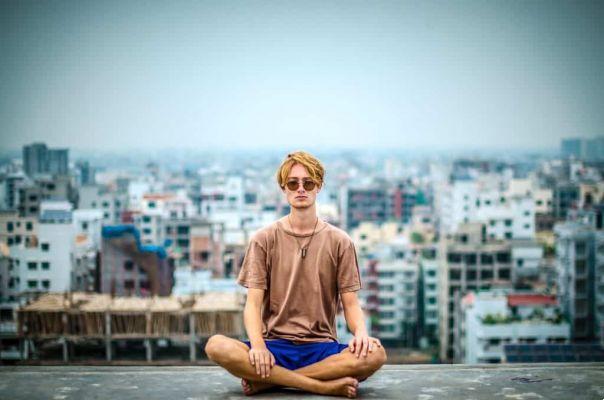
full breath
Indication: Maurício Bastos, therapist and facilitator in human development for 17 years.
Benefits: revitalizes energy flows, relaxes and brings inner peace.
When to do? Ten minutes a day, every day.
Origin: complete breathing is one of the pranayamas.
Technically:
- Sit in an upright posture in a quiet place so there are no interruptions;
- Inhale and exhale very slowly. Pay attention to the internal spaces of the body filled with air;
- Place the palms of your hands on your belly. Dilate the muscles as you breathe in and contract as you breathe out. Repeat the movement a few times, always paying attention to the belly;
- Place your palms on your ribs. Try to increase the space between them as you inhale, when exhaling it allows them to come closer together. Repeat the breath a few times, always paying attention to the region;
- Place your fingers on your chest. Extend the area as you inhale and contract it slightly as you exhale. Repeat a few times always paying attention to the region;
- Repeat the exercise in a single movement. Start with the belly and slowly work your way up (ribs, upper chest). As you exhale, release the air from your upper chest, ribs, and abdomen.
- Once you are comfortable, start the technique from item 6.
You may also like
- What to Do After a Bad Day?
- How to cultivate peace, clarity and balance during times of crisis
- Daily habits to cultivate joy
Breath of the heron that touches the water mirror
Indication: Jeanne Kuk, who specializes in Chinese body practices.
Benefits: improves posture and balances emotions.
When to do? Three to four times a week.
Origin: China
Technically:
Preparation
- Stand up straight with your feet slightly apart, arms at your sides and shoulders relaxed.
- Get everything out of your mind and pay attention to your breath. Prolong exhalation until your lungs are empty. Repeat this exercise three times.
How to do it?
- Place your body weight on your right leg and slightly bend your left knee, bringing your leg back and placing your toe next to your right foot. Raise your arms to the side, in extension of the shoulders, with the palms facing down;
- Slightly bend your right leg and lower your arms releasing the air. Then inhale, lift your leg and raise your arms to about shoulder height. Repeat the movement three times.
- Return to natural breathing;
- Lower your arms, step to the side with your left foot and return to the starting position;
- Repeat the exercise changing the support to the left leg.
Finishing
- Stand with your feet slightly apart and your arms at your sides;
- Stretch your arms in front of your body, palms facing up to eye level, inhaling;
- With the palms down, bend the arms pointing the elbows out and bring the palms to the height of the navel and exhale;
- Return the palms to the navel. Leave your thumbs on it, draw a line to the side and release your arms;
- Close your eyes for a few seconds to let the energy circulate through your body.

20 connected breaths
Indication: Tom Cau, breath and rebirth facilitator.
Benefits: relieves tension, especially during work.
When to do? One sequence in the morning and one at night, or whenever you feel the need.
Origin: it is one of the pranayamas of yoga.
A technique
- Sit comfortably and close your eyes;
- Take four short breaths through your nose, with no gaps between inspiration and expiration;
- Take a long breath through your nose, with no gaps between inspiration and expiration;
- Repeat the exercise four times.
uijayi
Benefits: eliminates tensions promotes deep sleep.
When to do: Every day, ten minutes before bed.
Origin: it is one of the pranayamas of yoga.
A technique
- Sit comfortably and breathe gently through your nose;
- Close your throat a little, as if you were going to swallow, but without closing it completely. That way you will hear your breathing. Continue to breathe in and out through your nose;
- Increase breathing time. Counting to four to inhale and exhale;
- Listen to your breathing, it should be like a whisper;
- As you inhale, raise your arms to the top of your head. As you exhale, let them fall to your sides. Repeat five times.
Breathing keeps us alive. Breathing properly increases the quality of life. Try putting one of the techniques into your daily life and tell us what has changed.
- Written by Sumaia Santana from the Eu Sem Fronteiras Team.



